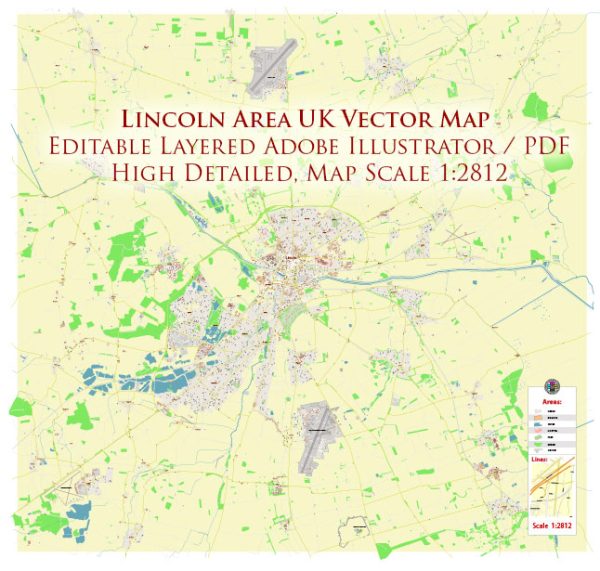Lincoln, a historic city in the East Midlands of England, is situated on the River Witham. Its water resources and bridges play a significant role in the city’s history and infrastructure.
- River Witham: The River Witham flows through Lincoln, providing a water resource for the city. It has historically been used for transportation and as a source of freshwater. The Witham is navigable through the city and has influenced the development of Lincoln as a market town and later as an industrial center.
- Brayford Pool: Brayford Pool is a natural lake or pool that serves as a focal point in the city. It has been used as a harbor and a water source for centuries. Today, it is surrounded by restaurants, bars, and the University of Lincoln’s campus, making it a popular recreational and leisure area.
- Bridges: Lincoln is known for its historic bridges, which facilitate transportation and connectivity within the city. Some notable bridges include:
- High Bridge: High Bridge is one of the oldest bridges in the United Kingdom and has a history dating back to Roman times. It spans the River Witham and features medieval buildings on it, making it a unique and picturesque location.
- Brayford Bridge: This modern bridge connects the city center to the Brayford Pool area and the University of Lincoln’s campus.
- Pelham Bridge: Pelham Bridge is a more recent addition, constructed to improve traffic flow in the city. It connects the eastern and western parts of Lincoln, crossing the River Witham.
- Stamp End Lock: This is a lock and footbridge near the Stamp End area of Lincoln, used to regulate the water levels of the River Witham.
Lincoln’s bridges and water resources contribute to the city’s cultural and historical significance, as well as its modern infrastructure. They are integral to the city’s transportation and have played a crucial role in its development over the centuries.


 Author: Kirill Shrayber, Ph.D.
Author: Kirill Shrayber, Ph.D.